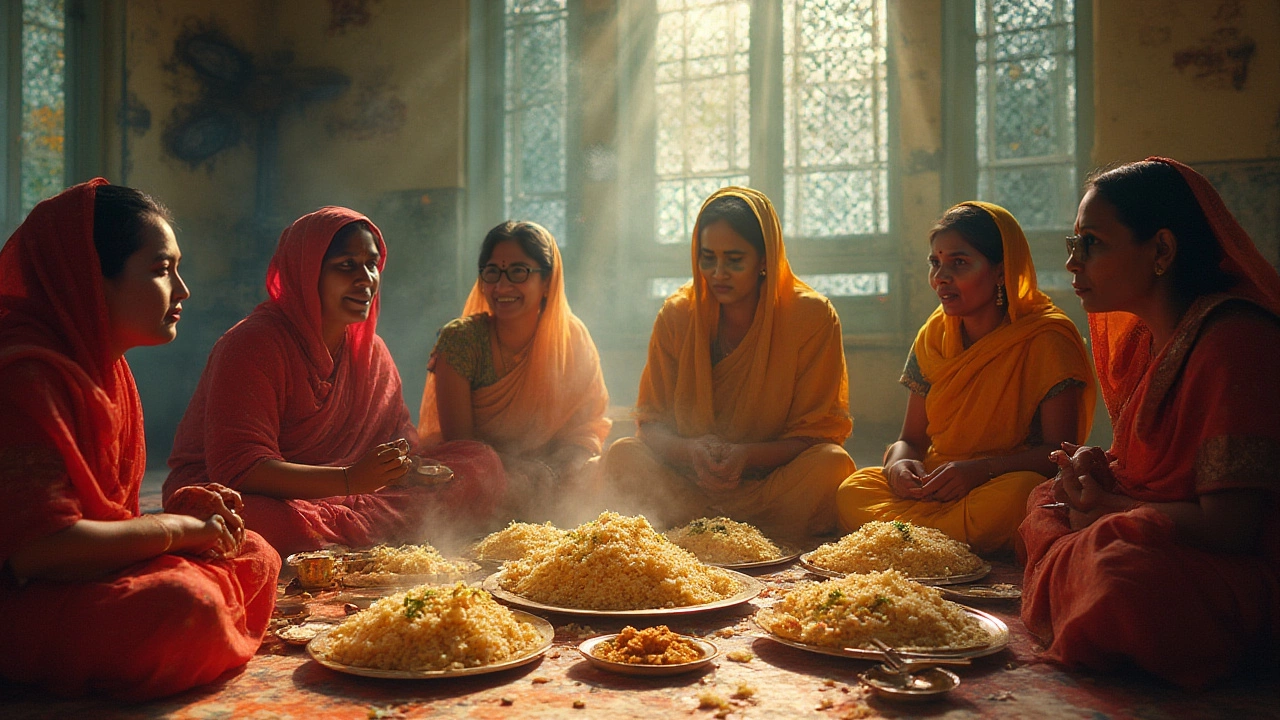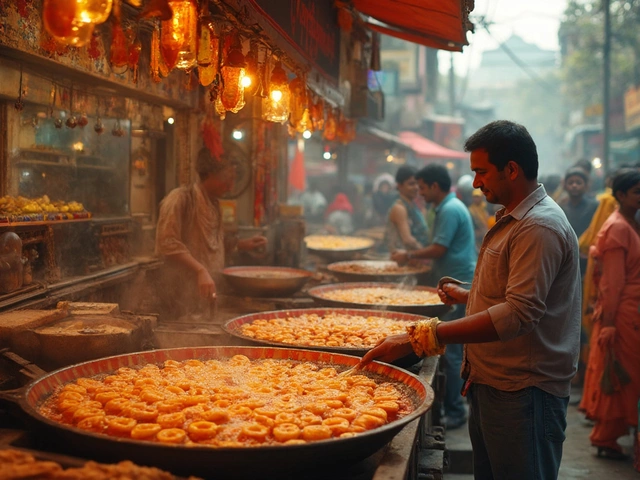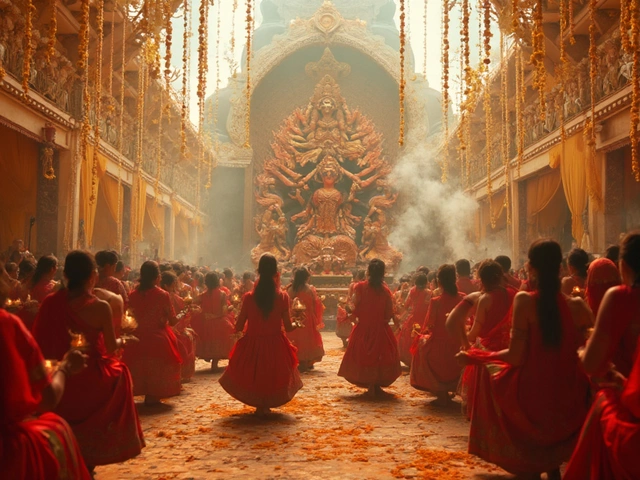Maybe you've heard it in passing or spotted it in a Bengali household: steaming bowls of fluffy, aromatic grains dished out like clockwork. But did you ever wonder what Bengalis actually call rice? It’s such a simple thing, but ask anyone who grew up in Bengal, and you’ll get a quick, clear answer: 'bhaat'. This single word tells a whole story—one that’s woven into daily life, language, religion, and even the rhythm of a day in West Bengal and Bangladesh. Rice isn’t just food here. It’s vital, personal, and symbolic, shaping childhood memories, rituals, and hospitality.
What Do Bengalis Call Rice? Understanding ‘Bhaat’
To most Bengalis, rice means ‘bhaat’—that’s the essential, cooked white rice sitting central on lunch and dinner plates all over the region. It's pronounced just like 'baat' with a softer 'b'. Ask any Bengali auntie about lunch and ‘bhaat’ will be the first word out of her mouth. This isn’t some formal, archaic term—it's everyday language, as basic as 'bread' for an Englishman. When folks say "bhaat kheyecho?" it just means, "Have you eaten rice?" Even the greeting shows how rice and food are interlinked in Bengali life. Eating ‘bhaat’ is so embedded in the local routine that people often joke a meal without it just isn’t a meal.
Here’s an interesting fact: while ‘bhaat’ means boiled, cooked rice, the word for raw, uncooked rice is different—it’s 'chaal'. The distinction is clear in the mind of any Bengali. Walk into a market in Kolkata, and someone’s mother is likely haggling over 'chaal', picking just the right grain for her family. But once it's washed clean and boiled to fluffy perfection, it officially becomes ‘bhaat’. This duo—'chaal' and 'bhaat'—crops up in old lullabies, poems, and even in folk sayings like "chaaler opor bhaat, bhaater opor chaal" (literally, rice over paddy, paddy over rice) when talking about cyclical things. Rice is so woven into the language that it sneaks into idioms, songs, and nursery rhymes all the time.
But there’s more than just these two words. Pick up any Bengali phrasebook, and you’ll notice different words for different forms of rice. 'Panta bhaat' is rice soaked in water overnight—something my grandmother insisted was perfect for cooling off in the sweltering humid months. 'Mishti rice' refers to a sweetened version cooked in milk, cardamom, and sugar for celebrations. There’s also 'polao’, used for rice that’s cooked with ghee, spices, and sometimes vegetables or meat for special occasions. So while ‘bhaat’ is the main player, the Bengali language finds endless ways to talk and think about rice. In fact, in certain dialects and folk tales, you’ll spot even more names for rice at each stage of the cycle—from the green stalks in the field to the bowls at the family table.
Here’s a handy table that shows this split for quick reference:
| Bengali Word | Meaning | When Used |
|---|---|---|
| Chaal | Raw, uncooked rice | Buying rice, discussing types in markets or recipes |
| Bhaat | Cooked rice | Meals, daily conversation |
| Panta Bhaat | Fermented rice soaked in water | Summer food, rural homes |
| Pulao/Polao | Spiced, often festive rice | Celebrations, weddings |
| Muri | Puffed rice | Snacks, street food |
| Chirer Bhaat | Flattened rice | Special breakfasts |
This deep vocabulary is a clue to how central rice is for Bengalis. It isn’t just about a grain; it’s about ritual, comfort, identity, and pride. If you ever want to make quick friends at a Bengali table, know the difference between ‘chaal’ and ‘bhaat’.
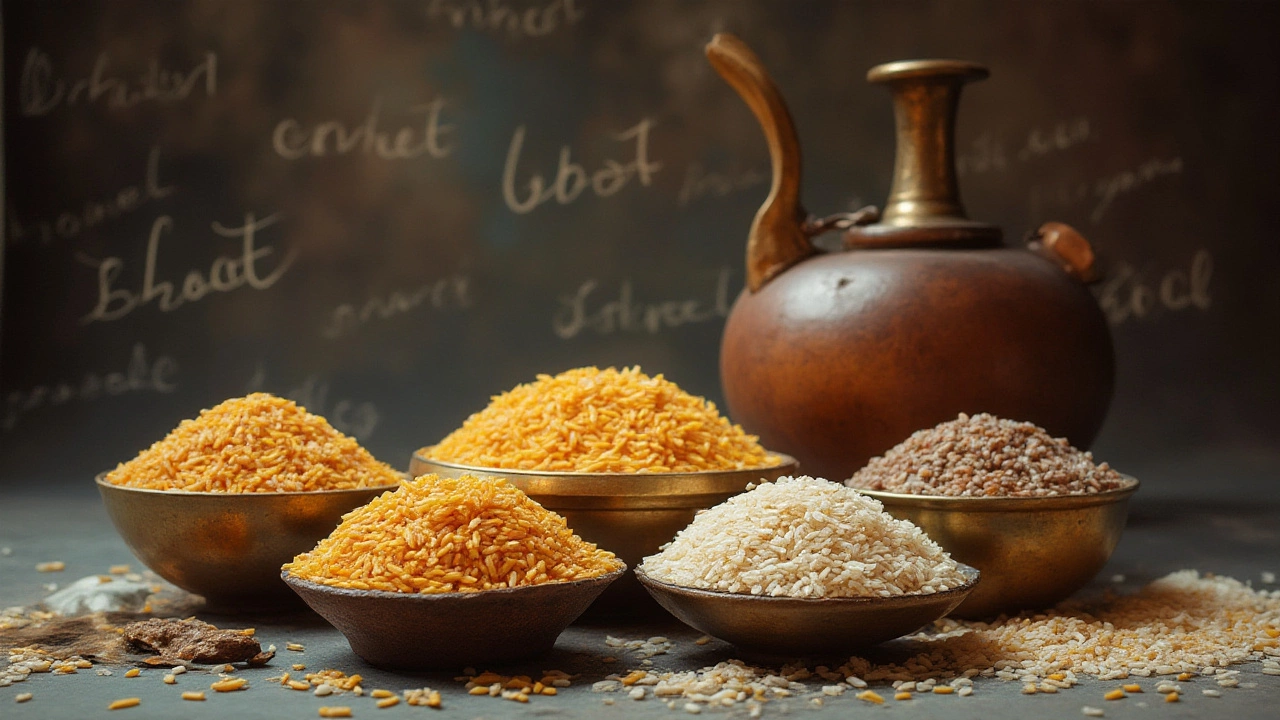
Why Rice is the Heart of Bengali Culture and Cuisine
Rice’s importance goes way past just a foodstuff in Bengali homes—it’s right at the heart of what it means to be Bengali. Think back to your childhood dinners; if you grew up in Bengal, odds are strong that rice starred in nearly every single one. You’d find the entire family gathered around a humble mound of Bengali rice, eating together, laughing, talking about the day. Hunger? Aunties made more bhaat. A festival? Polao got cooked with raisins and cashews. Sadness or illness? Hot rice with mashed potatoes was the comfort food to reach for. Even babies get their first taste of rice in a unique Bengali ritual called 'Annaprashan'—an old ceremony that marks a child’s first solid food, surrounded by family and love.
But it’s not just symbolic. There’s a whole economy and ecology of rice here. The Bengal delta is basically a massive, fertile floodplain that has been growing rice since ancient times, thanks to rivers like the Padma and Hooghly. Over 70% of rural households here grow or process rice. Markets in Kolkata, Siliguri, or Barishal are packed with sacks upon sacks of different kinds—everything from fragrant Gobindobhog, often reserved for temple offerings, to sturdy Swarna that feeds millions daily. A 2023 survey by India’s Ministry of Agriculture reported that roughly 12 million farmers across West Bengal alone depend on rice as their primary crop. I read this in a State agriculture journal lying around when my cousin, who’s a scientist, invited me to tour the rice fields last monsoon.
Bengalis don’t just cook rice—they craft it. There’s almost as much debate about which type of rice suits which dish as there is in Italian homes about pasta shapes. For example, Gobindobhog, a small-grain, aromatic type, is perfect for offerings in puja and sweet rice puddings; Chinigura holds pride of place in Bangladeshi biryani recipes. And for daily meals, the slightly sticky but robust varieties are favorites—it helps when molding handfuls to scoop up curry! There’s also 'Atap' (sun-dried) and 'Siddha' (parboiled) versions, each with loyal fans.
- Did you know Bengal is the largest consumer of rice in India and Bangladesh combined?
- There are over 5,000 rice varieties catalogued in the floodplains of Bengal, according to experts at Bidhan Chandra Krishi Viswavidyalaya (a local university).
- During Durga Puja, special rice dishes like Bhoger Khichuri are made as offerings and shared in temples across the state.
- Legend goes that Rabindranath Tagore once quipped the true mark of Bengali hospitality lay in always urging a guest to eat more ‘bhaat’, no matter how much they insisted they were full!
At every level—language, ritual, economy—rice is the pulse of Bengali identity. Family get-togethers at my home always start with plates of warm bhaat, roasted papad, and tangy lentil dal. My wife, Fiona, often jokes that if I skip rice for a day, I start getting restless. I have to agree—it’s almost as if the body knows what comfort feels like!
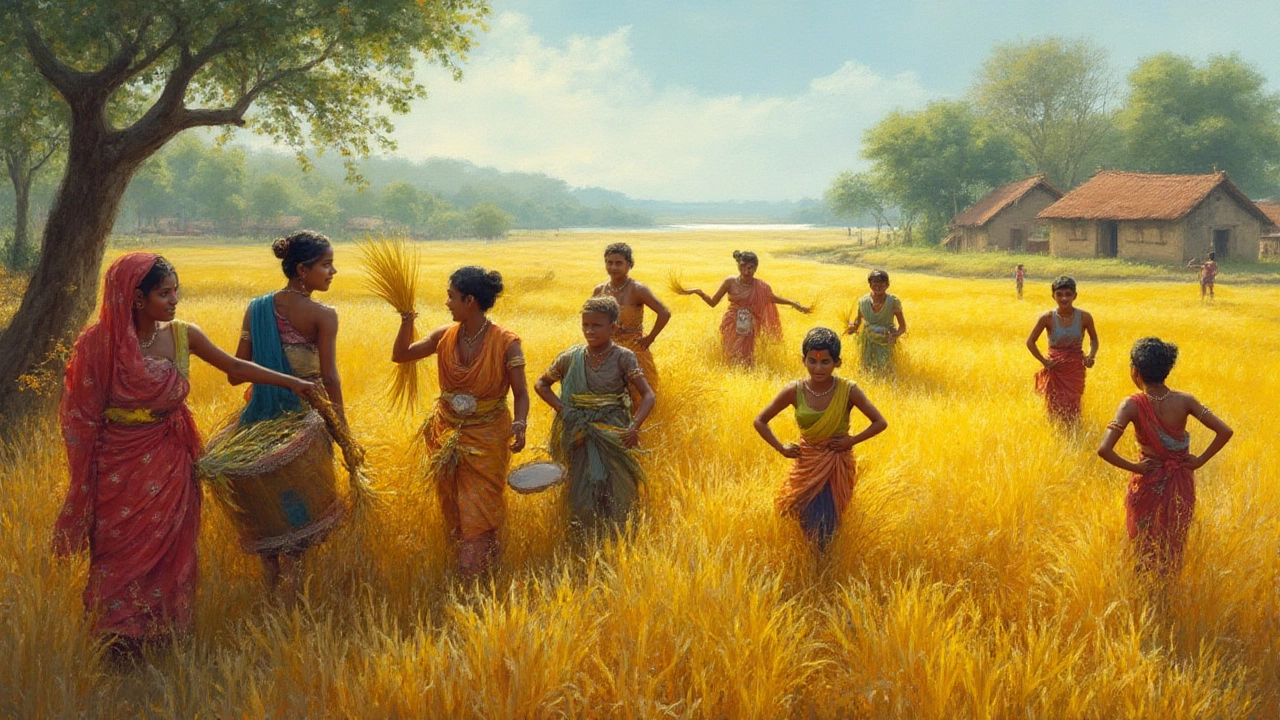
Tips for Enjoying and Cooking Bengali Rice Dishes
If you want to really experience Bengali rice like a local, pay attention: simplicity is key, and so is freshness. Bengali households usually rinse raw rice (chaal) three or four times to remove starch and dust before boiling. A classic tip is adding a few drops of lemon juice to the boiling water—this keeps the grains fluffy and helps prevent sticking. For celebratory dishes, try frying the rice lightly in ghee before boiling, adding aromatics like bay leaves and green cardamom.
But remember, rice is never just eaten plain. You’ll see it paired with lentil soups (dal), fried vegetables, fish curry, or humble mashed potatoes mixed with salt and mustard oil (aloo bhate). If you get invited to a Bengali home, say yes to the extra spoonfuls—they’re not just filling you up, they’re showing hospitality and affection. A locally loved hack: leftover rice is often turned into panta bhaat with a bit of raw onion and green chili, making a tangy, probiotic morning meal that cools you down in sticky summers.
Try these must-sample rice dishes if you’re new to the cuisine:
- Bhaat and dal – Steamed rice with soupy lentils, everyday staple that you can’t go wrong with.
- Bhoger Khichuri – A festive, spiced rice-and-lentil combo made during religious festivals.
- Pulao/Polao – Fragrant rice cooked with ghee, cashews, raisins, and sometimes peas or meat. Reserved for celebrations or guests.
- Panta Bhaat – Fermented rice in water, topped with mustard oil, onions, and green chili. A farmer’s classic lunch, easy on the gut.
- Mishti Pulao – Sweet, saffron-tinted rice served alongside spicy dishes during weddings.
- Muri – Puffed rice. The base for the beloved street snack ‘jhalmuri’ mixed with peanuts, cucumber, and fiery mustard oil.
One last tip—if you’re shopping in an Indian or Bangladeshi grocery, ask for Bengali brands like ‘Miniket’ or ‘Gobindobhog’. These have that soft bite and unique aroma that really transports you straight to Bengal’s monsoon kitchens. And remember, the central word you’ll hear at every Bengali table, day in and day out, is still ‘bhaat’. That’s the beating heart of the meal, the comfort that links generations, and the word you need to know if you want to sound like a local.
Rice isn't just what fills the stomach in Bengal—it's what feeds the soul. So next time someone mentions Bengali cuisine, you know that 'bhaat' is where all those legendary rice stories (and memories) begin.
